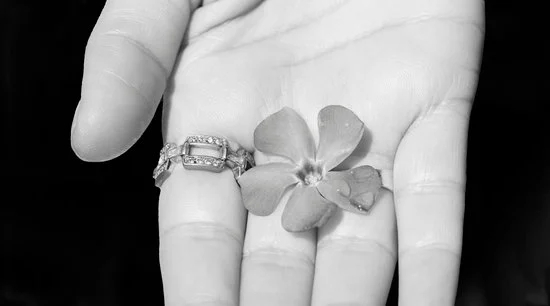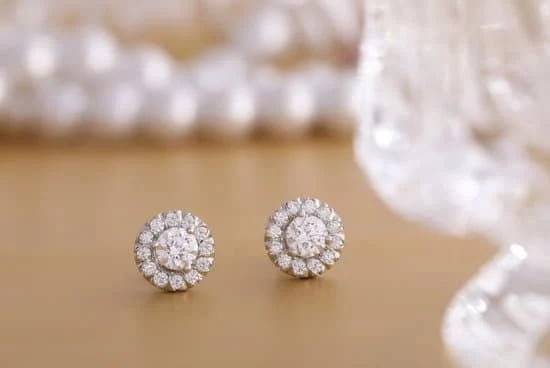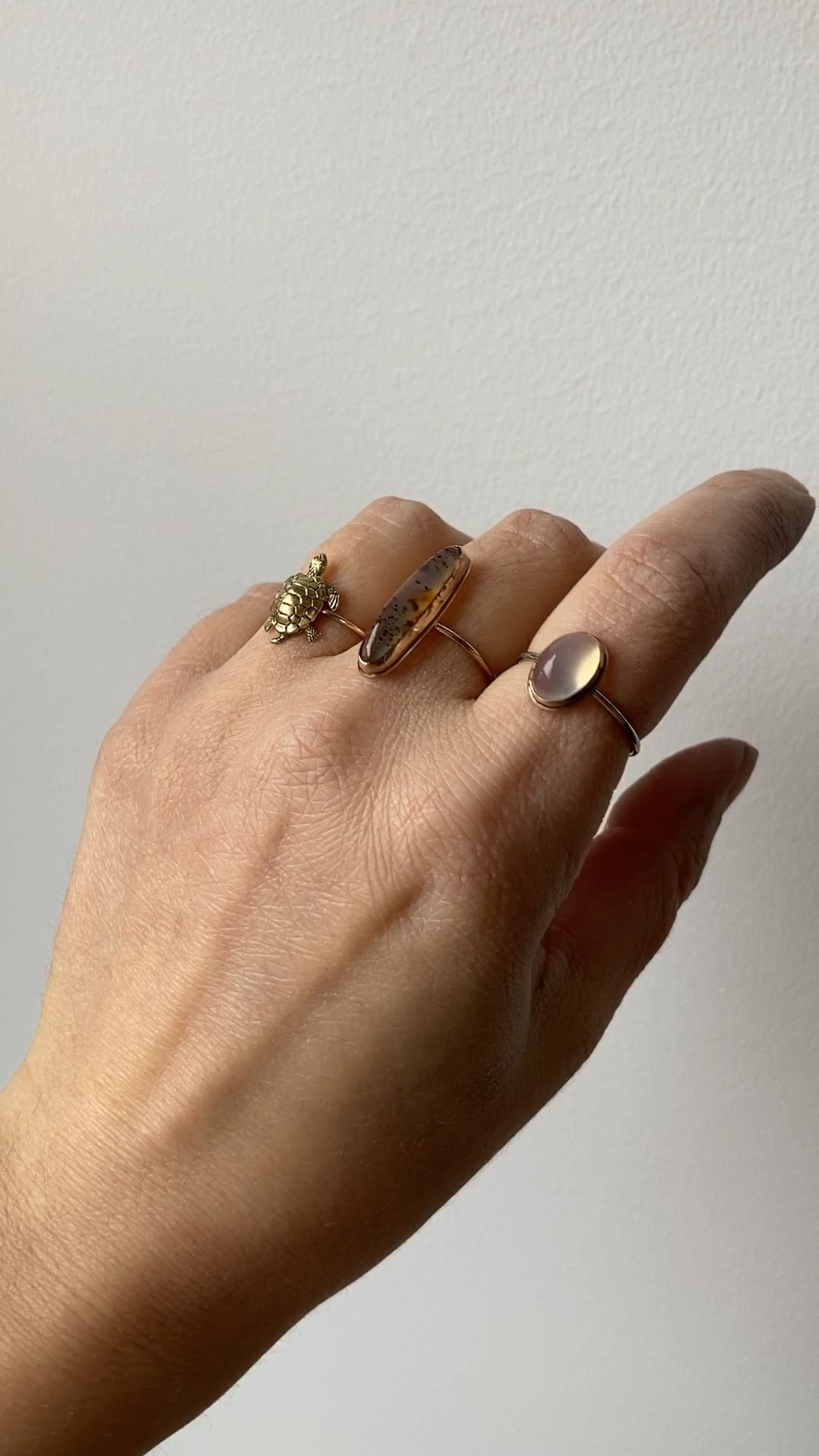Have you ever wondered what is a beading tool used for in jewelry making? Beading tools play a crucial role in the creation of intricate and stunning pieces of jewelry. From pliers to wire cutters to bead boards, these tools are essential for every jewelry maker, whether you’re a beginner or an experienced crafter.
When it comes to working with beads, having the right tools can make a huge difference in the outcome of your jewelry piece. Pliers help with bending and shaping wires, wire cutters ensure precise cuts, and bead boards assist in organizing and designing your creations. Each tool serves a specific purpose and contributes to the overall success of your projects.
In this article, we will delve into the world of beading tools, discussing the different types available, how to effectively use them, the benefits they offer in jewelry making, common mistakes to avoid while using them, and essential recommendations for both beginners and advanced crafters. So grab your tools and let’s explore the wonderful world of jewelry making.
Overview of Different Types of Beading Tools
Beading tools are essential instruments that play a crucial role in the art of jewelry making. From shaping wires to cutting threads and arranging beads, these tools assist crafters in creating intricate and beautiful designs. Pliers, wire cutters, and bead boards are among the primary types of beading tools that are commonly used by jewelry makers of all levels.
Pliers are versatile tools that come in various shapes and sizes, each designed for specific tasks like opening jump rings, bending wires, or securing crimps. Round-nose pliers are ideal for creating loops and curves, while flat-nose pliers are perfect for gripping small components.
Wire cutters, on the other hand, are used to precisely trim wires or chains to the desired length without causing any unnecessary damage. Bead boards provide a solid surface for organizing beads into a pattern before stringing them together.
In the world of jewelry making, having a diverse collection of beading tools is essential for executing different techniques with precision and efficiency. Whether you are a beginner learning the basics or an experienced crafter exploring advanced methods, understanding how to utilize pliers, wire cutters, and bead boards is fundamental to creating stunning pieces of jewelry. Mastering the art of using these tools opens up endless possibilities for creativity in designing unique accessories.
| Beading Tool | Primary Use |
|---|---|
| Pliers | Shaping wires, opening jump rings, bending components |
| Wire Cutters | Precisely trimming wires or chains |
| Bead Boards | Organizing beads into patterns before stringing them together |
How to Use Beading Tools
Beading tools are essential accessories in jewelry making, aiding crafters in creating intricate and beautiful designs. Knowing how to effectively use these tools can significantly enhance the quality of your creations. Whether you are a beginner or an experienced crafter, understanding the proper techniques for using each tool is crucial for successful jewelry making.
To help you navigate the world of beading tools, here is a step-by-step guide on how to use some of the most common tools effectively:
- Pliers: Pliers are versatile tools that come in different types like round-nose, chain-nose, and flat-nose pliers. They are used for gripping, bending, and shaping wires and jump rings. When using pliers, make sure to hold them firmly but gently to avoid damaging your materials.
- Wire Cutters: Wire cutters are essential for cutting wires to size. To use wire cutters effectively, place the wire between the blades near the base of the cutter and apply pressure to make a clean cut. Avoid cutting wires too close to the tip as it can damage the tool.
- Bead Boards: Bead boards are helpful tools for organizing beads and designing patterns before stringing them together. To use a bead board effectively, arrange your beads in the channels according to your design, ensuring that they stay in place while you work on your jewelry piece.
By following these steps and mastering the art of using beading tools effectively, you can take your jewelry making skills to new heights and create stunning pieces with ease.
Remember that practice makes perfect – so don’t be discouraged if you encounter challenges when using these tools at first. With patience and dedication, you’ll soon become proficient in handling beading tools like a pro.
Benefits of Using Beading Tools
Beading tools are essential in the world of jewelry making, providing crafters with the necessary instruments to create stunning pieces with precision and accuracy. These tools offer a myriad of benefits that can enhance the overall crafting experience and quality of the final product. Let’s delve into some of the advantages of using beading tools in jewelry making:
- Improved Efficiency: Beading tools such as pliers, wire cutters, and bead boards help streamline the jewelry making process, making it quicker and more efficient. With these tools at hand, crafters can easily manipulate beads, wires, and findings to create intricate designs without wasting time or effort.
- Precision and Accuracy: The use of beading tools allows for precise measurements, cuts, and placements when working on jewelry projects. Tools like crimping pliers ensure secure connections between beads and findings, resulting in professional-looking finished pieces.
- Enhanced Creativity: By having a variety of beading tools at their disposal, crafters can explore different techniques and experiment with various designs. Whether it’s shaping wire with round nose pliers or organizing beads on a bead board, these tools empower artisans to bring their creative visions to life.
In essence, what is a beading tool used for in jewelry making is not just aiding in the technical aspects of crafting but also enabling artists to express their creativity more effectively. These benefits make a compelling case for the indispensable role that beading tools play in elevating the artistry and craftsmanship of jewelry making.
Common Mistakes to Avoid When Using Beading Tools
When working on jewelry-making projects, it is essential to have the right tools at your disposal to achieve the desired results. Beading tools play a crucial role in the process, helping crafters create intricate and beautiful pieces with precision and ease.
However, even with the best tools, mistakes can still happen if not used correctly. In this section, we will explore some common mistakes to avoid when using beading tools and provide valuable tips on how to prevent these errors while working on your jewelry creations.
One common mistake that beginners often make when using beading tools is applying too much force. For example, when using pliers to bend wires or close jump rings, exerting excessive pressure can lead to distortion of the metal or even breakage. It is important to remember that most beading tasks require finesse and gentle handling rather than brute force. Taking your time and applying gradual pressure will help you achieve more precise results without damaging your materials.
Another common error that crafters make is using the wrong tool for the job. Each beading tool serves a specific purpose, and using the correct tool for each task is crucial for successful jewelry making.
For instance, attempting to cut thick wire with delicate needle-nose pliers instead of wire cutters can result in damaged tools and an unfinished project. By familiarizing yourself with the different types of beading tools and their intended uses, you can work more efficiently and avoid unnecessary mishaps throughout your creative process.
Moreover, overlooking proper maintenance of beading tools can also lead to errors and inefficiencies in your jewelry making endeavors. Failing to clean and lubricate your tools regularly can affect their functionality and longevity.
It is recommended to wipe down your tools after each use, store them properly in a clean and dry environment, and periodically apply a small amount of oil or lubricant to moving parts for smooth operation. By incorporating these maintenance practices into your routine, you can ensure that your beading tools remain in optimal condition for years to come.
| Common Mistakes | Tips |
|---|---|
| Applying too much force | Take your time & apply gradual pressure |
| Using the wrong tool for the job | Familiarize yourself with different types of beading tools |
| Overlooking maintenance | Clean after each use & store properly |
Must-Have Beading Tools for Beginners
For beginners venturing into the world of jewelry making, having the right tools is essential to creating beautiful pieces with ease and precision. While there is a wide array of beading tools available in the market, starting with a few essential tools can help kickstart your jewelry making journey. Here are some must-have beading tools for beginners:
Round-Nose Pliers
Round-nose pliers are a staple tool for any beginner jewelry maker. These pliers have tapered jaws that allow you to create loops, bends, and coils in wire with ease. They are perfect for making earrings, pendants, or intricate wirework designs. Investing in a good pair of round-nose pliers will make shaping and manipulating wire much more efficient.
Chain-Nose Pliers
Chain-nose pliers are another essential tool for beginners in jewelry making. These pliers have flat jaws that taper to a point, allowing you to grip small components and bend wire accurately. Chain-nose pliers are versatile and can be used for opening and closing jump rings, gripping beads, and shaping wire without leaving marks.
Beading Mat
A beading mat is a handy tool for beginners as it provides a soft surface to work on while preventing beads from rolling away. Beads can easily be organized and picked up from the mat without them spilling all over the place. A beading mat also helps prevent scratches on your work surface and keeps small beads from getting lost during the creative process.
These essential tools are just the beginning of your jewelry making toolkit as a beginner. As you progress in your crafting journey, you may find the need to add more specialized tools to enhance your skills and create more intricate designs. Starting with these must-have tools will set you on the right path to honing your craft and creating stunning handmade jewelry pieces.
Advanced Beading Tools for Experienced Crafters
Experienced jewelry makers are always on the lookout for specialized tools that can elevate their creations to a new level of sophistication. While basic beading tools like pliers and wire cutters are essential, advanced crafters often seek out tools that can aid in more intricate and detailed work. These specialized tools can help experienced crafters streamline their process, improve precision, and experiment with new techniques in jewelry making.
Micro Beading Needles
One of the must-have advanced beading tools for experienced crafters is micro beading needles. These ultra-thin needles allow for the threading of tiny beads onto delicate materials such as silk thread or fine wire. With micro beading needles, experienced jewelers can create intricate designs with precision and accuracy, making it easier to work with smaller beads and achieve intricate patterns.
Wire Twisters
Wire twisters are another valuable tool for advanced jewelry makers looking to add texture and dimension to their creations. These tools allow crafters to twist multiple strands of wire together to create unique designs and patterns in their jewelry pieces. By incorporating wire twisters into their toolkit, experienced crafters can experiment with different textures and styles, adding a dynamic element to their work.
Looms
For experienced jewelry makers interested in expanding their skills into bead weaving or loom work, investing in a quality loom is essential. Looms provide a structured way to weave beads together into elaborate patterns and designs, offering crafters the opportunity to create complex pieces with ease. With the use of looms, experienced crafters can explore new techniques and styles in their jewelry making journey.
Maintenance and Care of Beading Tools
Beading tools are essential instruments in the jewelry making process, assisting crafters in creating beautiful and intricate pieces. However, to ensure the longevity and efficiency of these tools, proper maintenance and care are crucial. Cleaning and storing beading tools correctly not only helps extend their lifespan but also enhances their performance, allowing jewelry makers to work smoothly without any hindrances.
One important tip for maintaining beading tools is to clean them regularly after each use. Dirt, oils, and residues from materials like wire or beads can accumulate on the tools over time, affecting their functionality. To clean beading tools, simply wipe them down with a soft cloth or tissue dampened with a mild cleaning solution. It is important to avoid using harsh chemicals or abrasive materials as they can damage the tools’ surfaces.
Proper storage of beading tools is equally important in ensuring their longevity. Keeping the tools organized and protected helps prevent unnecessary wear and tear. Consider investing in a designated storage case or pouch for your beading tools to keep them safe from dust, moisture, and other potential hazards.
Additionally, storing each tool separately or with protective covers can help prevent scratching or damaging delicate components such as plier tips. By following these maintenance practices, jewelry makers can maintain the quality and performance of their beading tools for years to come.
Conclusion
In conclusion, beading tools play a crucial role in the jewelry making industry, providing crafters with the necessary instruments to create stunning pieces of wearable art. From pliers to wire cutters and bead boards, each tool serves a specific purpose in the intricate process of designing and assembling jewelry. By utilizing these tools effectively, artisans can enhance their craftsmanship and bring their creative visions to life.
The benefits of using beading tools are vast, offering precision, efficiency, and control during the jewelry making process. Whether you are a beginner exploring the world of beading or an experienced crafter looking to elevate your creations, having the right tools at your disposal can make all the difference in the quality of your work. These instruments not only help streamline the construction process but also enable artists to experiment with new techniques and designs.
To ensure the longevity and efficiency of your beading tools, proper maintenance and care are essential. By cleaning and storing your tools correctly after each use, you can extend their lifespan and performance. Additionally, staying informed about common mistakes to avoid when working with beading tools can help prevent accidents and damage. Overall, investing in high-quality tools and taking care of them diligently will contribute to your success as a jewelry maker in this dynamic industry.
Frequently Asked Questions
What Is the Purpose of Beading?
Beading serves multiple purposes, such as adding embellishments to clothing, jewelry-making, or creating intricate designs in various crafts. It allows for creativity and personalization in artistic projects.
How Do You Use a Beader Tool?
Using a beader tool involves inserting the wire or thread with beads through the tool’s narrow opening and then sliding the beads onto the wire or thread. This helps in organizing and stringing beads efficiently.
What Tool Is Used for Beads?
Various tools can be used for working with beads, depending on the type and size of beads being used. Some common tools include beading needles, pliers, tweezers, bead boards, thread snips, and crimping tools to manipulate and secure beads during crafting processes.

Welcome to my jewelry blog! My name is Sarah and I am the owner of this blog.
I love making jewelry and sharing my creations with others.
So whether you’re someone who loves wearing jewelry yourself or simply enjoys learning about it, be sure to check out my blog for insightful posts on everything related to this exciting topic!





